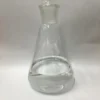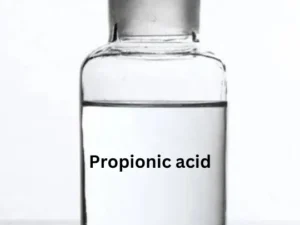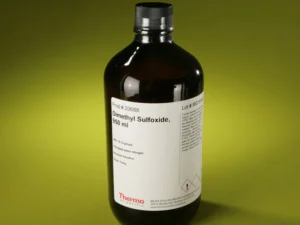Description
Butyl Acetate: The Sweet-Smelling Solvent with Diverse Industrial Applications
Butyl acetate, a clear, colorless liquid with a characteristic fruity odor, is a common solvent with a wide range of applications across various industries. Often described as smelling like banana or apple, this ester provides a crucial role in the production of coatings, adhesives, and cleaning agents. Let’s delve deeper into the properties, uses, and considerations surrounding this versatile chemical compound.
What is Butyl Acetate?
Butyl acetate is an ester formed by the reaction of butanol (a type of alcohol) and acetic acid. There are four isomers of butyl acetate, differing in the arrangement of the butyl group: n-butyl acetate (the most common), iso-butyl acetate, sec-butyl acetate, and tert-butyl acetate. Each isomer possesses slightly different physical and chemical properties, influencing their specific applications.
Key Properties and Characteristics:
- Appearance: Colorless liquid
- Odor: Fruity, often described as banana or apple-like
- Solvency: Excellent solvent for many organic compounds, including resins, lacquers, varnishes, and oils.
- Volatility: Moderate volatility, allowing for controlled drying and evaporation in various applications.
- Flammability: Flammable liquid, requiring careful handling and storage.
- Low Toxicity: Generally considered to have low toxicity, though prolonged exposure can cause irritation.
Applications Across Industries:
Butyl acetate’s versatile solvent properties make it indispensable in numerous industries:
- Coatings and Paints: This is arguably its largest application. Butyl acetate is used extensively in the production of paints, lacquers, varnishes, and other coatings. It helps dissolve the solid components of these products, creating a smooth, even application and allowing for proper film formation during drying. It’s particularly valuable in automotive coatings, wood finishes, and industrial coatings.
- Adhesives: Butyl acetate acts as a solvent in many adhesive formulations, allowing for the uniform dispersal of adhesive components and facilitating adhesion to various surfaces.
- Cleaning Agents: Its solvency power makes it a useful component in some cleaning agents, particularly those designed for removing grease, oil, and other residues.
- Pharmaceuticals: Butyl acetate finds use in the pharmaceutical industry as a solvent in the production of certain medications and in extraction processes.
- Artificial Flavors and Fragrances: The fruity odor of butyl acetate makes it a valuable component in creating artificial flavors and fragrances, especially those mimicking fruit flavors.
- Leather Industry: Used in the tanning and finishing processes of leather, contributing to its flexibility and appearance.
- Textile Industry: Employed in textile processing, particularly in dyeing and finishing operations.
Safety Considerations and Handling:
While generally considered to have low toxicity, proper handling and safety precautions are crucial when working with butyl acetate:
- Flammability: Store in a well-ventilated area away from heat, sparks, and open flames.
- Inhalation: Avoid breathing vapors. Use adequate ventilation or respiratory protection in enclosed spaces.
- Skin Contact: Wear appropriate gloves to prevent skin irritation.
- Eye Contact: Wear safety glasses or goggles to prevent eye irritation.
- Environment: Dispose of butyl acetate waste properly in accordance with local regulations.
The Future of Butyl Acetate:
Driven by the continued growth of industries like coatings, adhesives, and cleaning products, the demand for butyl acetate is expected to remain strong. Ongoing research focuses on developing more sustainable production methods for butyl acetate, exploring bio-based feedstocks and optimizing existing processes to reduce environmental impact.
In conclusion, butyl acetate is a highly useful and versatile solvent that plays a critical role in numerous industries. Its favorable solvency properties, moderate volatility, and relatively low toxicity make it an essential component in the production of countless products that we use every day. By understanding its properties, applications, and safety considerations, we can ensure its responsible use and contribute to a more sustainable future.















Reviews
There are no reviews yet.